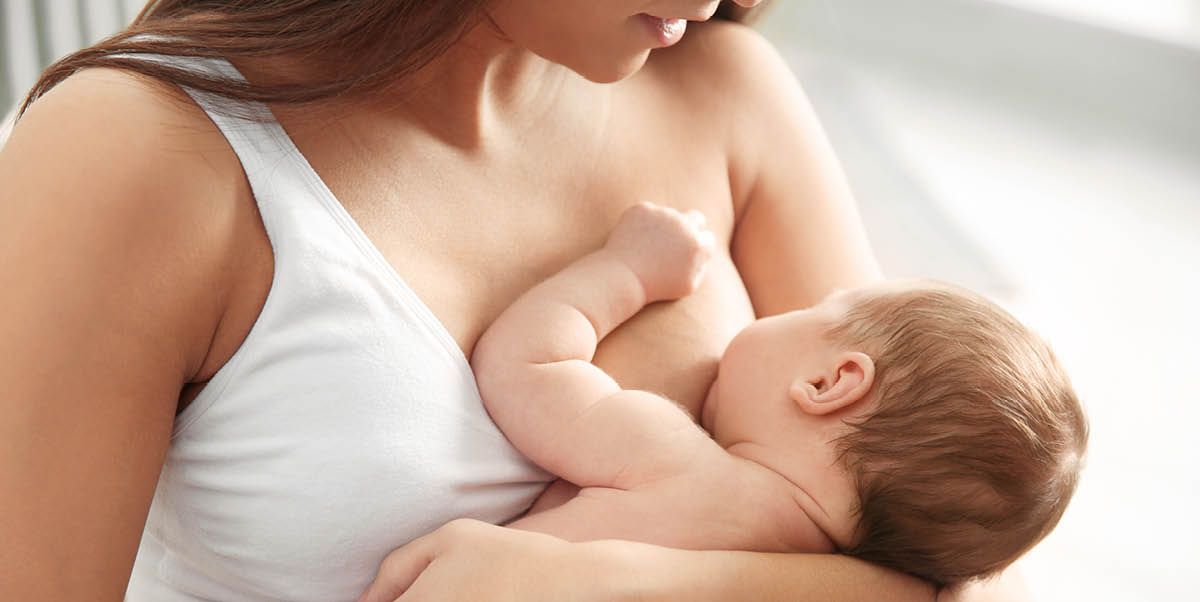
Sorting out breastfeeding facts from fiction
When it comes to women’s health, there’s so much information online that it can be hard to tell fact from fiction. We asked two of our breastfeeding experts – International Board Certified Lactation Consultants Erica Elkins and Jessie Jankens – to address some common myths about breastfeeding.
Myth: You cannot become pregnant while breastfeeding.
Truth: Breastfeeding can be used as a family planning method. A mother who is exclusively breastfeeding and not having periods will have more than 98 percent protection from pregnancy – but only in the first six months postpartum. If baby sleeps through the night at an early age, requiring no feeding/suckling for six hours or so, the suppressive effect on mother’s period diminishes. It has also been shown that if the infant uses a pacifier, taking time away from the breast, the chance of getting pregnant increases.
Myth: You cannot use birth control and breastfeed.
Truth: It is important for breastfeeding to be well established prior to introducing hormonal birth control. The World Health Organization recommends waiting until 6 weeks postpartum to begin using hormonal birth control. If needing to start a hormonal contraceptive, it is recommended to use progestin only birth control. Combination birth control pills are not recommended for breastfeeding mothers because estrogen has the potential to dry up the milk supply. With many alternatives available, you should never have to discontinue breastfeeding to initiate contraception.
Myth: You need large breasts to make milk.
Truth: Breast size is no indication of how much milk you will produce. Breast size is mainly determined by how much fatty tissue is in your breasts – not by your milk-making glands. Small breasts can make just as much milk as large breasts. Breasts do, however, have differing storage capacities – the amount of milk that can be stored between feedings. While moms with large or small storage capacities can produce plenty of milk, those with more capacity may be able to go longer between feedings. A mother with smaller storage capacity will need to nurse baby more often. Larger breasts do not necessarily indicate a large breastmilk storage capacity.
The amount of milk stored in a mom’s breast between feedings can vary by several ounces. Storage capacities vary greatly from person to person.
Think of your breasts as different size drinking cups. Some people have 2-ounce cups, and some have 5-ounce cups. Either way, baby can take in all he needs. But when drinking from the smaller cup, he may need to refill more frequently.
 Erica Elkins, RN, IBCLC Huntsville Hospital for Women & Children Breastfeeding Support Services |
 Jessie Jankens, RN, IBCLC Huntsville Hospital for Women & Children Breastfeeding Support Services |